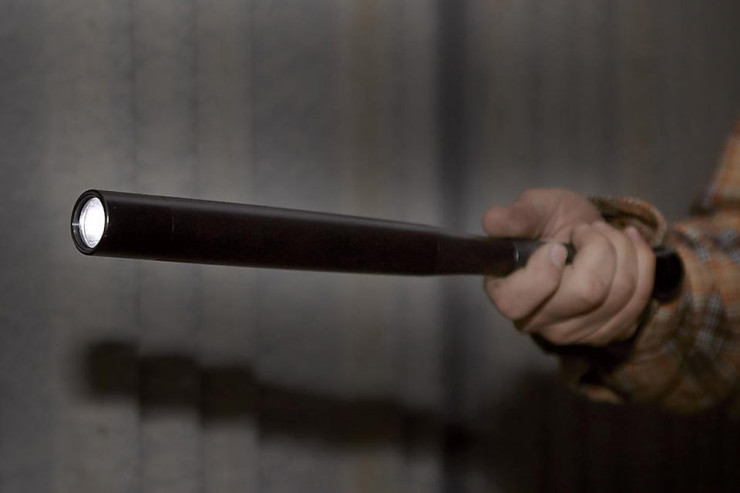
It’s just another weekday here at Wayne Manor, chilling out in the Batcave, watching some Bat TV from the ol’ Bat Couch while sipping on a Bat Beer. The chores have been done, the floors scrubbed, Robin is tucked safely into his crib, and the laundry is all done and hanging on the Bat Hangers. Designed by Veronika Paluchova, these hangers fold up their “wings” just like real bats when not in use. Which makes it a space saver, which is the only reason I want these- not because it’s the freakin’ coolest hangers ever- for the space.
Bat Hanger: Does Alfred Do Laundry?

